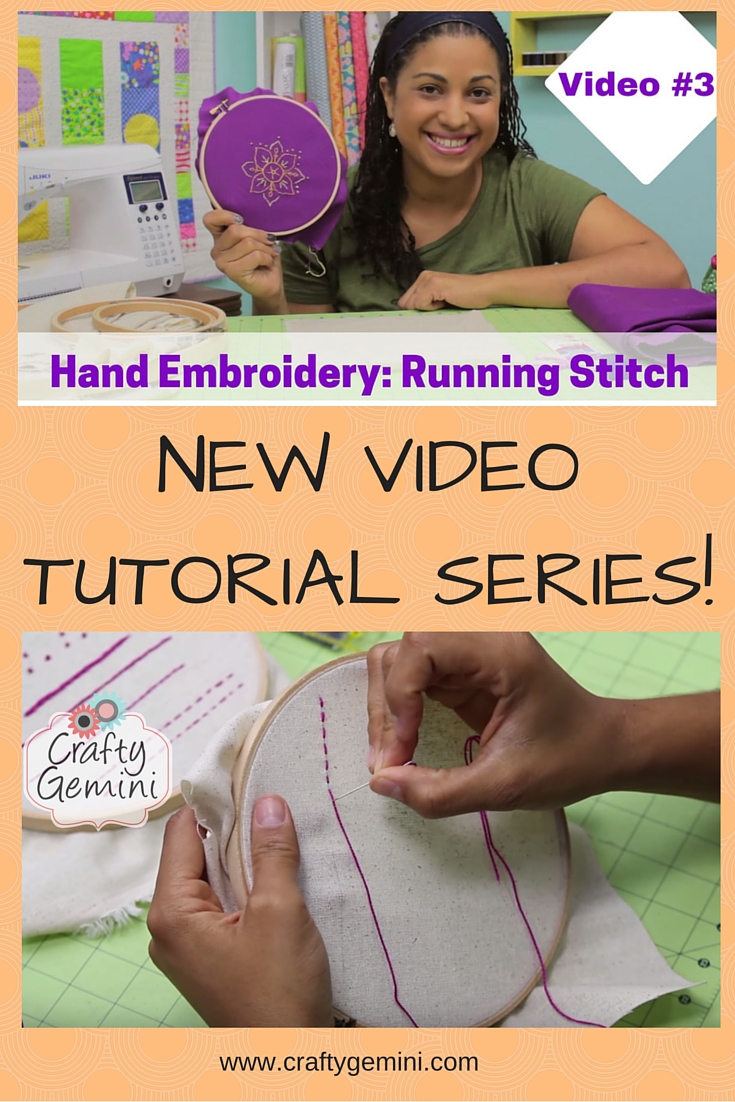

Set your sewing machine to the zigzag stitch.It’s also a great stitch for making buttonholes. You won’t need to go over the fabric multiple times with this stitch as it’s solid and will keep seams from fraying. Most sewing machines will have a zigzag stitch option. Backstitch the forward stitch over the pinned seam.Start by straight stitching ⅛ to ⅜ inch away from the edge of the fabric.When you’re ready to move off of the hand stitching and onto sewing machine stitching, this is the first stitch you need to know. Repeat steps one through three, keeping stitches about a centimeter apart if you’re working on a blanket.



Make sure you keep these stitches loose and even.īefore the age of sewing machines, this stitch was used to create all clothing. Make a stitch diagonally across the last stitch, so it makes an X.Bring the needle up through the back of the fabric, about a centimeter backward from the where the thread went in last, and a centimeter to the left of where the last stitch began.Make a diagonal stitch to the left about a centimeter away.Pull the thread up through the back of the fabric until the knot catches on the fabric.This stitch is slightly more nuanced than the running or basting stitches, but it’s simple once you get the hang of it.Īll you’re doing with a cross stitch is making X’s in the fabric: Cross-stitching is suitable for finishing hems and for designs that are front-facing. You’ve probably have heard of cross-stitching before. The basting stitch will go even faster than the running stitch once you get into a flow. Instead of making your stitches a centimeter apart, make them ¼ inch to ½ inch apart from each other. This stitch is just the running stitch but longer. Bring the thread back up through the fabric and repeat.Once the knot at the end of the thread has hit the fabric, make a stitch by putting the needle back down in the fabric about a centimeter away in the direction you want to stitch and pulling all the way through.Start by taking your threaded needle through the back of the fabric (the wrong side).It’s a great stitch to know for quickly mending clothing.
RUNNING STITCH PDF HOW TO
This stitch is the most basic of all the hand sewing stitches and if you have any experience with sewing at all, you likely already know how to perform this stitch. Let’s get you sewing!īeginner Tip: Always remember to tie a knot at the end of your thread before you start stitching But don’t worry, it’s not difficult to learn the basic stitches and when to use them.īy the end of this article, you will understand how to do ten basic stitches both by hand and on a machine. Having a complete sewing kit is great, but for the beginner sewist, that kit is rendered useless until you know how to sew.


 0 kommentar(er)
0 kommentar(er)
